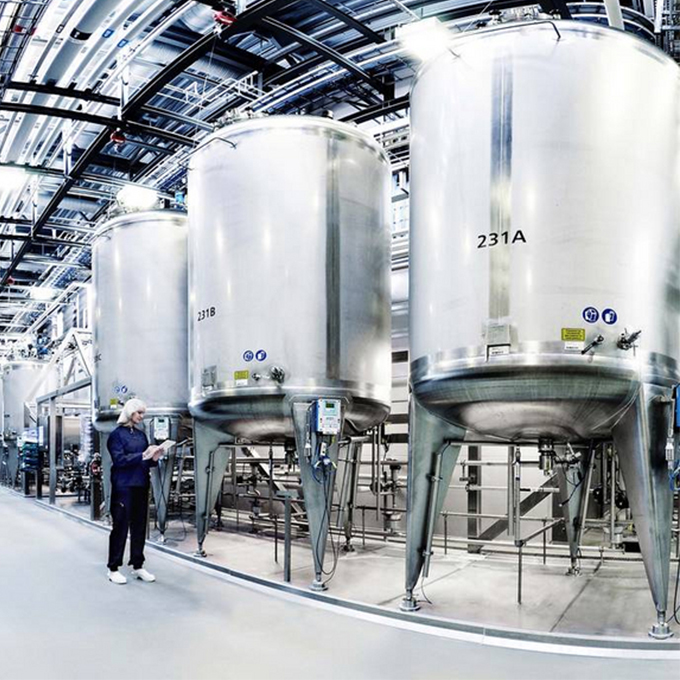A silo weighing system normally consists of three or four load cells, each with a weighing module, a junction box and a weight indicator or transmitter. The weighing module ensures that the correct amount of vertical force is applied to each load cell, preventing it from being affected by non-vertical forces and ensuring repeatability of its signal output. The junction box joins the wires from the individual load cells in a watertight manner and averages the millivolt (mV) signals from the load cells to create a combined mV value that is sent to the input terminals of the weight indicator or transmitter with the minimum possible level of electrical noise. This, in turn, will have several communication options to send the weight to a PLC or PC.
The weighing system can be calibrated by filling the silo with a known weight of the stored material, placing or hanging certified test weights on the silo, or making use of the “theoretical calibration” function of the weight indicator or transmitter (where available). The “theoretical calibration” method uses the average (mean) sensitivity of the load cells (in millivolts per volt, or mV/V) to determine the mV signal that is sent to the weight indicator at specific values of applied weight.
For communication with external systems, several different protocols are available.
By installing a silo, tank, hopper, bin or bunker on top of load cells, the weight of the contents can be determined (in kilograms or tonnes) with a very high accuracy (from approximately 0.1%) and easily passed to external data systems.
Silo, tank, hopper, bin or bunker weighing systems are generally used to determine the amount of material emptied into a truck and/or for inventory management. It is often very important to know the amount of material stored in a silo at any time.
Typical materials that are stored in silos/tanks/hoppers:
- Food and drink ingredients, e.g. wheat, flour, glucose syrup, grain, ethanol, fruit juices, edible oils such as olive oils
- Plastic pellets
- Biomass pellets
- Fertilizers
- Minerals and mined products, e.g. charcoal, sulphur, nickel, copper, iron ore
- Paint
- Concrete and cement
Various Communication Interfaces
| RS232 |
Standard |
| Analog Output |
Optional |
| Ethernet |
Optional |
| Set Points |
Optional |
| Batching |
Optional |



